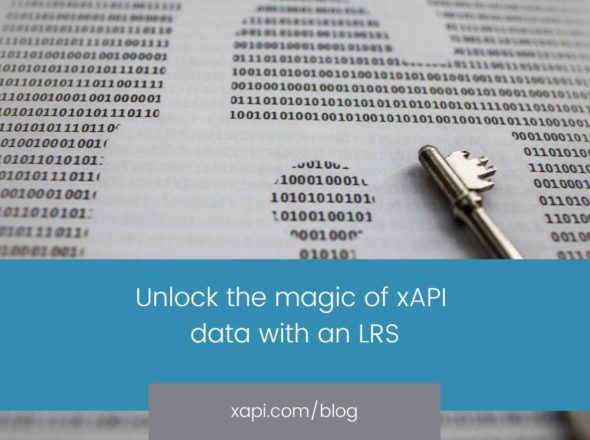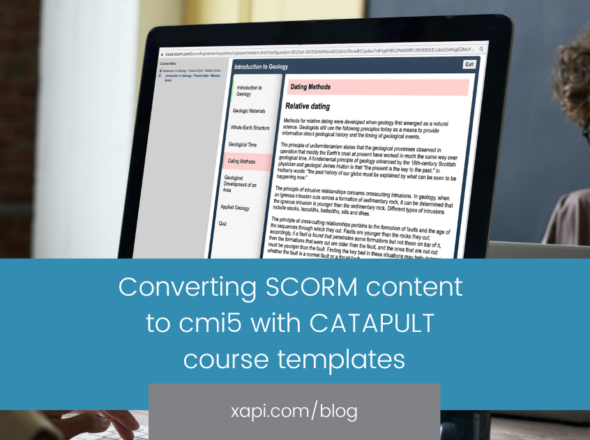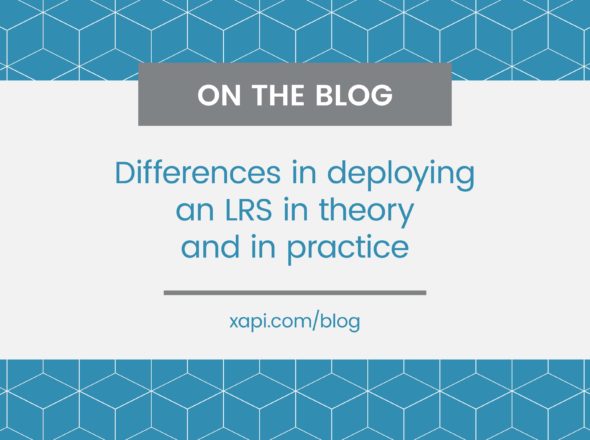I’ve been going to I/ITSEC for many years now. If you’re not familiar with I/ITSEC, it’s the premier event for modeling, simulation and training systems with over 17K registrants at NTSA’s 2019 annual conference. The trade show floor really showcased the rise in off-the-shelf virtual reality (VR). Years ago, the simulators were all large, usually trailer based, and took up an incredible amount of room. This past show featured mostly consumer-grade VR components and a simple folding chair. The physical limitations of virtual reality training are quickly being removed, replaced with cheaper, easily accessible, tools for training. This expansion helps trainers more rapidly develop and deploy training solutions, at a fraction of the previous budgets.
Being able to train in dangerous or really expensive scenarios can save lives but also money. VR can easily create situations that would cost thousands of dollars a moment to practice in a real life drill. The exciting part, to me, is that xAPI is a perfect fit to help combine the experiences in VR with the other tracking and training systems used within large organizations.
From the VR vendors we talked to, most have an xAPI requirement, but it does not seem like the xAPI ecosystem is ready to accept the statements that are being prepared. VR simulators are an immersive way to learn, but the data they generate and the means by which they generate that data aren’t like other types of learning. Traditional eLearning standards are largely meant for tracking “page turner” style learning content that lives inside a web browser — very different from a simulator. Plus, SCORM and other eLearning standards don’t allow for long-term tracking like you’d often see with a simulation. xAPI allows you to do all these things, which make it a great fit for VR learning experiences.
My hope is that we’ll see more Learning Record Stores (LRSs) in 2020 that are ready to accept simulation VR statements and begin to correlate the VR training with real-world performance increases. The contract vehicles for these learning programs must start to ask specifically what xAPI statements would be useful. Whether you’re a vendor looking to add xAPI support to your platform or creating VR simulation content, we’re happy to have a conversation with you. We’d love to help you move your virtual reality project closer to making it a reality with xAPI.
As always, ask us anything, really.


